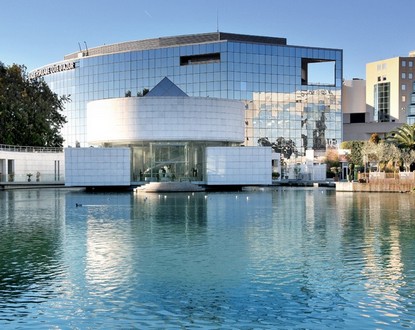Focused on his discovery of India and Buddhism, Orientalism, and his interest in Asia, the exhibition brings together nearly 800 objects (prints, paintings, kôgôs, masks, ceramics, photographs) from Georges Clemenceau’s personal collection, part of which was dispersed in 1894 when, deprived of his parliamentary seat by the Panama scandal, he had to sell it at auction.
The exhibition “Clemenceau, the Tiger and Asia,” which will be held until October 6 at the Museum of Asian Arts, will be dedicated to this little-known yet fundamental aspect of the personality of one of the greatest figures in French history.
This project brings together institutional partners and museums that preserve the elements of the collection Clemenceau gathered during his life: Guimet Museum of Asian Arts, Clemenceau Museum in Paris, Ennery Museum, Historial de la Vendée, Georges Clemenceau’s House in Saint-Vincent sur Jard, and the Montreal Museum of Fine Arts.
Three main partners participate and co-finance this project: the Guimet Museum, organizer of the exhibition, the Departmental Museum of Asian Arts in Nice, and the Historial de la Vendée.
“Father of Victory,” Georges Clemenceau is remembered in History as one of the most significant political figures of his time. He was not only a statesman and a military leader but also had a genuine passion for Asia, its arts, civilizations, and religions.


